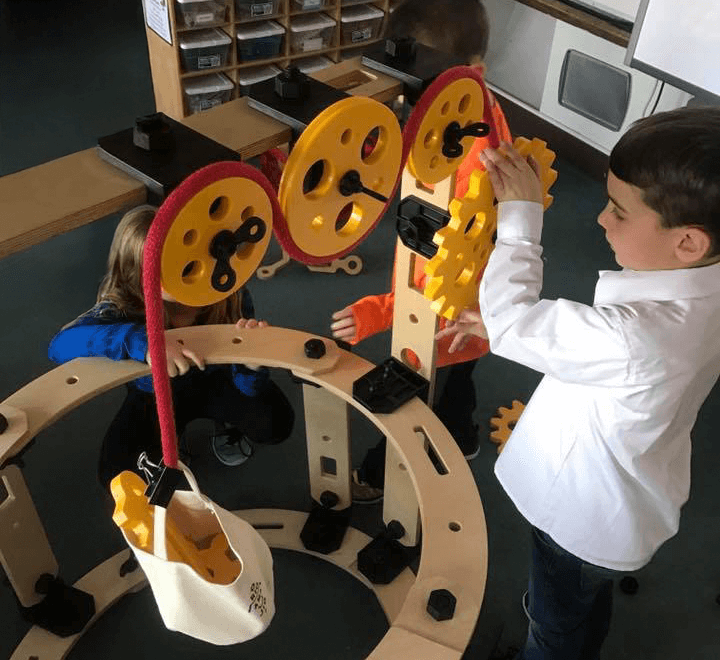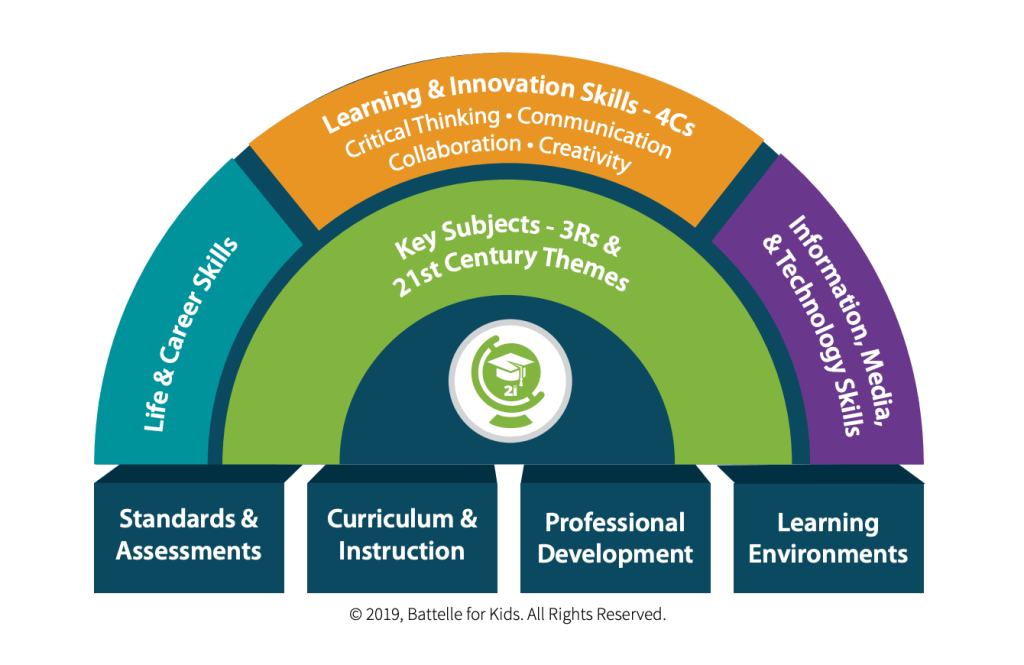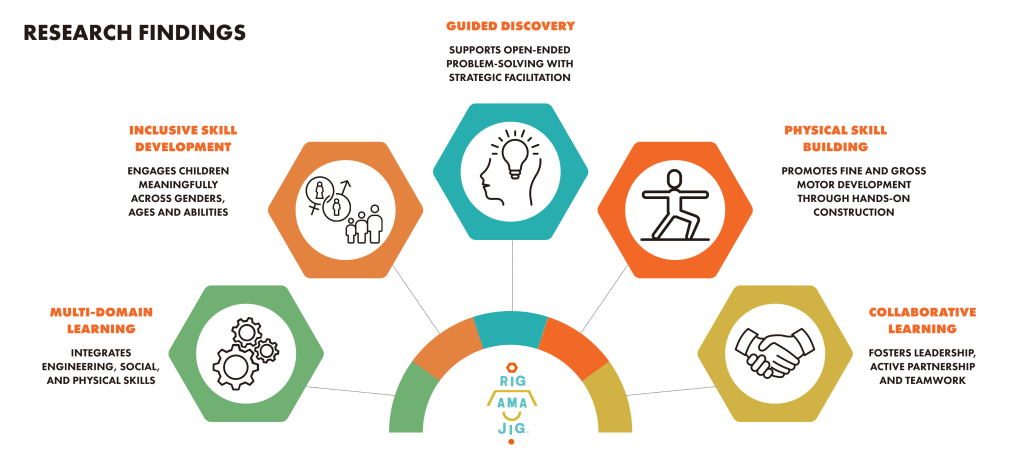
21st-century skills are becoming essential for student success in our rapidly evolving world. The World Economic Forum dropped some serious news in their Future of Jobs Report 2025. By 2030, the most successful people won't just be tech wizards or data crunchers; they'll also be creative problem-solvers, collaborators, and resilient innovators who can think on their feet!
As educators, we get to be the superheroes who help kids develop these amazing powers. We're not just teaching, we're preparing our students for adventures we can't even imagine yet!
21st-century skills are the foundation that children need for the adventure we call life! These aren't your typical school subjects; they're the skills that help kids flourish in our ever-changing world. They're the bridge between classroom learning and solving real-world problems. 21st-century skills prepare children for college, a career, and life as a whole.
Some of the core skills that make kids unstoppable:
Children’s brains are incredibly plastic. Their brains obviously aren’t actually made of plastic, but rather, it describes the malleability and capability to absorb new information and form new connections. Edutopia tells us children's brains are in one of their most neuroplastic critical phases at ages 2-7, making this the ideal time for skill development.
This neurological advantage gives us educators an incredible opportunity. When we introduce 21st-century education during these critical years through hands-on, engaging tools like Rigamajig, we're not just teaching essential skills; we're helping build the brain pathways that will support a lifetime of learning and adapting.
Early learners who develop these skills become confident problem-solvers. They retain information better and develop the mental flexibility to tackle whatever challenges life throws their way!
The Battelle for Kids P21’s Frameworks has become the gold standard of teaching 21st-century skills for educators worldwide. Developed through collaboration between teachers, education experts, and business leaders, this framework has guided thousands of educators in implementing meaningful 21st-century learning experiences.
This brilliant framework organizes everything into three interconnected zones:

Students develop the superpowers needed for any workplace - like adapting to change, taking initiative, working with diverse teams, meeting deadlines, and leading projects - the skills employers value most.
This is where the famous "4 Cs" live and play! Kids become creativity wizards (dreaming up amazing ideas), collaboration champions (teamwork magic!), communication superstars (sharing ideas clearly), and critical thinkers (solving problems like pros).
Students become research ninjas, media detectives who can spot fake news from a mile away, and tech innovators who use technology to create incredible things - basically becoming the savviest navigators of our digital universe!
While this framework gives us the "what" of 21st-century education, many educators wonder about the "how." How do you actually build these skills in young learners? How do you create authentic learning experiences that develop all these areas?
Ready to transform your classroom into a 21st-century skill-building wonderland? Panorama Education gives us a fantastic four-step recipe for success:
Rigamajig isn't just a product—it's an educational powerhouse backed by research from Purdue University and Concordia University. Rigamajig's super-sized wooden planks, bolts, nuts, and brackets invite students to think, collaborate, and create in ways traditional learning just can't match.
Independent study confirmed that playing with Rigamajig offers rich opportunities for elementary school students to develop and exercise a variety of 21st-century skills, with children showing high engagement in engineering, physical, and social play behaviors.
🧩 Engineering Immersion
🤝 Active Collaboration
💪 Physical Engagement
👫 Gender Inclusivity
📊 Age Versatility
Researchers observed meaningful and consistent engagement across grade levels (5-11 years old), demonstrating that Rigamajig is valuable for students of diverse learning abilities.

Rigamajig Play Prompts and Project Plans provide a great roadmap to start implementing 21st century skills in your classroom. Created by fellow educators and aligned with NGSS standards, these plans give you a clear path while still leaving room for those wonderful "aha!" moments that make learning stick.
Now you have the roadmap: Start with the four-step implementation plan. Pick one strategy from your toolkit and turn your next unit into a collaborative project. Create a simple "4 Cs" rubric, or begin weekly exit tickets. Use the P21 Framework to guide your teaching and research-backed tools like Rigamajig that deliver measurable results.
The research shows that 21st-century skills give students a real advantage. The brain science confirms that early childhood is the right time to start practicing them. The future is bright, and it belongs to students who can think like innovators, collaborate like champions, communicate like pros, and create like designers and engineers.
When you prioritize 21st-century skills in your classroom, you're not just preparing kids for tests and quizzes; you're preparing them to change the world! 🚀
Ready to turn your classroom into a 21st-century skill-building playground? Request a consultation call with us to see how Rigamajig can best support you on this journey of preparing your students for the future!